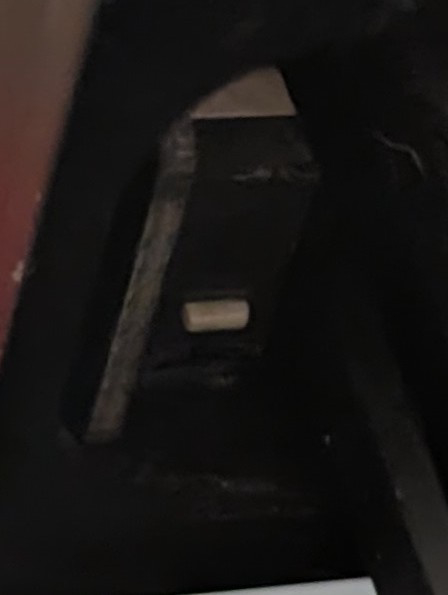I have an Aquila, though I haven't lost a limit switch yet. The limit switch assemblies (microswitch, PCB, and connector) should be Ender 3 compatible and are therefore like $10 for 5. I wouldn't really try to get more granular than that on the repair.
3DPrinting
3DPrinting is a place where makers of all skill levels and walks of life can learn about and discuss 3D printing and development of 3D printed parts and devices.
The r/functionalprint community is now located at: !functionalprint@kbin.social or !functionalprint@fedia.io
There are CAD communities available at: !cad@lemmy.world or !freecad@lemmy.ml
Rules
-
No bigotry - including racism, sexism, ableism, homophobia, transphobia, or xenophobia. Code of Conduct.
-
Be respectful, especially when disagreeing. Everyone should feel welcome here.
-
No porn (NSFW prints are acceptable but must be marked NSFW)
-
No Ads / Spamming / Guerrilla Marketing
-
Do not create links to reddit
-
If you see an issue please flag it
-
No guns
-
No injury gore posts
If you need an easy way to host pictures, https://catbox.moe may be an option. Be ethical about what you post and donate if you are able or use this a lot. It is just an individual hosting content, not a company. The image embedding syntax for Lemmy is 
Moderation policy: Light, mostly invisible
Got any photos of the part?
It kind of sounds like you need to replace the microswitch, which is going to be the easiest way to go about it. it's not to hard- at the worst, you're going to need to do some easy soldering.
if you can't find endstops prewired, it's just a matter of finding the microswitch that fits the form factor- they're all pretty much standard components.

Shit lighting in here but this is the switch anyway. All that broke was a little metal triangle that floats over that white button. Looking at the image now though I think I see why it doesn't fit anymore. Look how the bottom is all tore up. That's where it would slot in at :/
So. That’s definitely a micro switch, if you look to the left you can see a spacer/bracket. The switch usually has 2 through holes to screw to that bracket.
If your comfortable soldering, any similarly sized switch will work; but you can probably find replacement parts that are more or less pre-wired and just plug into the board.
You’ll have to adjust the end stop to get the homing correct; but its just fiddly, not difficult
If I'm not mistaken, that switch position is part of your calibration and if you print close to the edges on this axis, you are likely to fail. However, you can put anything that will fit in that space and trigger the button on contact in close to the same way. Like a little cut up piece of an old print or anything really. It just needs to be light enough to make a little tape hinge from the top and press in the micro switch button.
When the printer starts it has no idea where 0,0 home is, but it knows the approximate location of the switch. If anything about the switch changes, so will 0,0. This is not super critical or anything, it just has to be close. The switch contact has a relatively large area of uncertainty where it will trigger differently each time. All your print moves are relative to 0,0. So it doesn't matter if 0,0 moves so long as you have enough margin of error available in your calibration. If you print all the way to the last few millimeters of the build plate, and try to use this hack, that is all that won't work.
(Edit: I assume this had the little metal actuator arm that hit the white button and that arm broke off.)
I agree it’s an end stop switch
You could potentially just tape or glue something to press the little button nub just long enough to print something better. I did once by sticking a pencil eraser tip to the x carriage with double sided tape to print a little gantry nub to do the same thing more permanently. After it homed I pulled the eraser off so it didn't end up falling into the print.
I'd probably recommend just finding an equivalent micro switch. They are generally pretty cheap.